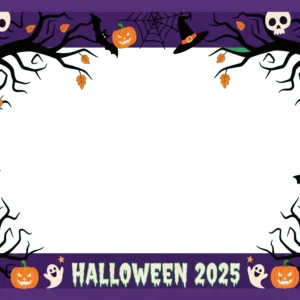In a world where nostalgia often masquerades as currency among collectors, a single box of 1967 Wacky Packages stickers just made headline news for fetching an eye-popping $79,300 at a Heritage Auctions event. This particular sale didn’t just blip across the radar; it set off alarms that are likely to reverberate through the corridors of high-end collectible markets for some time to come. Wacky Packages, launched by Topps, have a storied reputation as cheeky, irreverent parodies of household brands—a reputation now amplified by this landmark bid.
The 1967 debut of Wacky Packages was no meeting of the pedestrian and the pedestrian; it was an unmasking of the ordinary through the lens of clever artistry. Art Spiegelman, later renowned for his Pulitzer Prize-winning Maus, cut his teeth offering satirical spins on everyday grocery items. Ritz Crackers, Jolly Green Giant vegetables, Morton Salt—no brand was safe from being delightfully lampooned and pilloried. For every household product, there was a Wacky equivalent destined to adorn lunchboxes, binders, or any smooth surface that begged an upgrade in charm.
However, Topps’ satirical project was not without its share of squabbles. Legal eagles representing the actual grocery brands swooped in faster than a coupon-expired shopper, leading to Topps swapping out cards and pumping up the collection from 44 to 56 cards. Not ones to let a little courtroom drama rain on their sticker parade, Topps capitalized on the frenzy by diversifying. In 1969, “Wacky Ads” appeared, extending the parody to new platforms before being reimagined as peel-and-stick iterations in 1973. In a pre-digital world, Wacky Packages became schoolyard currency, rivalling baseball cards in popularity.
Taking a break from acting as the playground’s comedic relief between 1992 and 2004, Wacky Packages wove themselves back into the fabric of collectible culture through revivals, prompting nostalgia-induced collectors and curious newcomers to embrace them in all their satirical glory. Each re-edition reaffirmed their place not just as relics of past childhoods but as witnesses to ongoing pop cultural discourse.
What makes this $79,300 box sale particularly eye-catching is how it shines a spotlight on the broader market dynamics for non-sports trading cards and collectibles. Many, it seems, are finding renewed affection for items imbued with memories of simpler times—one sticker at a time. The collectors of today, perhaps weary of digital intangibles, return to the tangible joys of feeling cardstock under their fingers, much like leafing through a paperback while the rest of the world scrolls through ebooks.
Why the spike in interest and value? The scarcity, to begin with. Sealed packages from the original 1967 release are as rare as steak at a vegan barbecue, and supply and demand principles get a turbo boost when you throw nostalgia into the mix. Each sealed box represents not just a piece of cardboard novelty but a portal to a bygone era, where humor was printed in bold colors and imagination lived in two dimensions.
This auction emphasizes a larger trend—the recognition of history and humor as valuable commodities in the collector’s market. For today’s buyers, these aren’t merely pieces of ephemera; they’re cultural touchstones, symbols of a period before brands began infiltrating personal identity with targeted ads and curated personas, where humor and parody acted as the youthful rebels against conformity.
Beyond the winning bid, this auction serves as a love letter to Wacky Packages’ enduring legacy—a testament to their capacity to capture wit, art, and criticism within the confines of a palm-sized sticker. As the digital age reshapes how collectibles are perceived and valued, Wacky Packages remind us that authenticity and originality continue to be priceless, both literally and figuratively.
With that hefty auction price now etched into the annals of collectible culture, one might wonder what old treasures will next defy expectations and command the big bucks. In a tangible way, the comedy of Wacky Packages extends not just to the satirical brand riffs but to the full-circle jest—yesterday’s pocket change tradeables marking new milestones in today’s luxury market. Whether this box finds its home as a museum piece, a personal treasure, or yet another collector investment, one thing is certain—it’s a slice of history that will continue to tickle, provoke, and ultimately, charm its way into the future.

